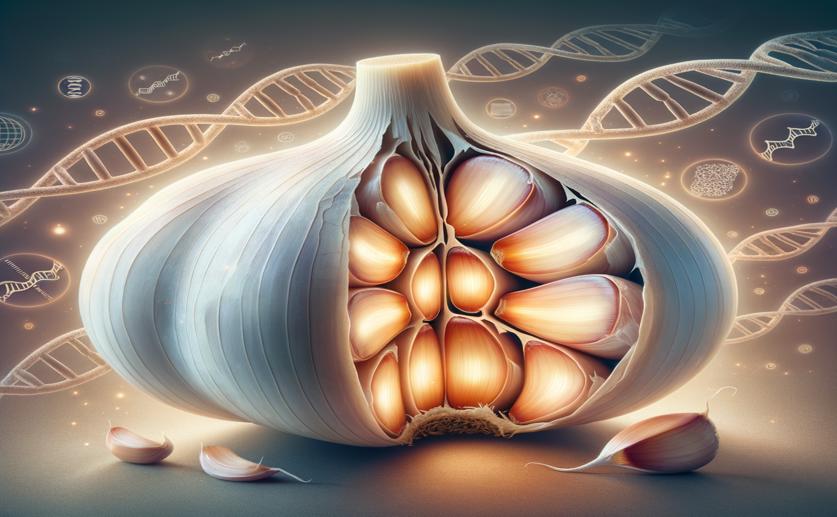
Understanding Heat Shock Genes in Garlic
Jenn Hoskins
19th May, 2024

Image Source: Natural Science News, 2024
Key Findings
- The study from Jining Medical University identified 17 heat shock transcription factor (HSF) genes in the garlic genome
- These HSF genes were categorized into three classes based on their structural characteristics
- Specific HSF genes were found to be upregulated in response to heat stress, indicating their role in protecting garlic from high temperatures
References
Main Study
1) Genome-wide identification, classification and expression analysis of the heat shock transcription factor family in Garlic (Allium sativum L.)
Published 18th May, 2024
https://doi.org/10.1186/s12870-024-05018-3
Related Studies
2) Genome-Wide Dissection of the Heat Shock Transcription Factor Family Genes in Arachis.
3) Arabidopsis and the heat stress transcription factor world: how many heat stress transcription factors do we need?
Journal: Cell stress & chaperones, Issue: Vol 6, Issue 3, Jul 2001
4) Genetic engineering and breeding of drought-resistant crops.



 17th May, 2024 | Greg Howard
17th May, 2024 | Greg Howard